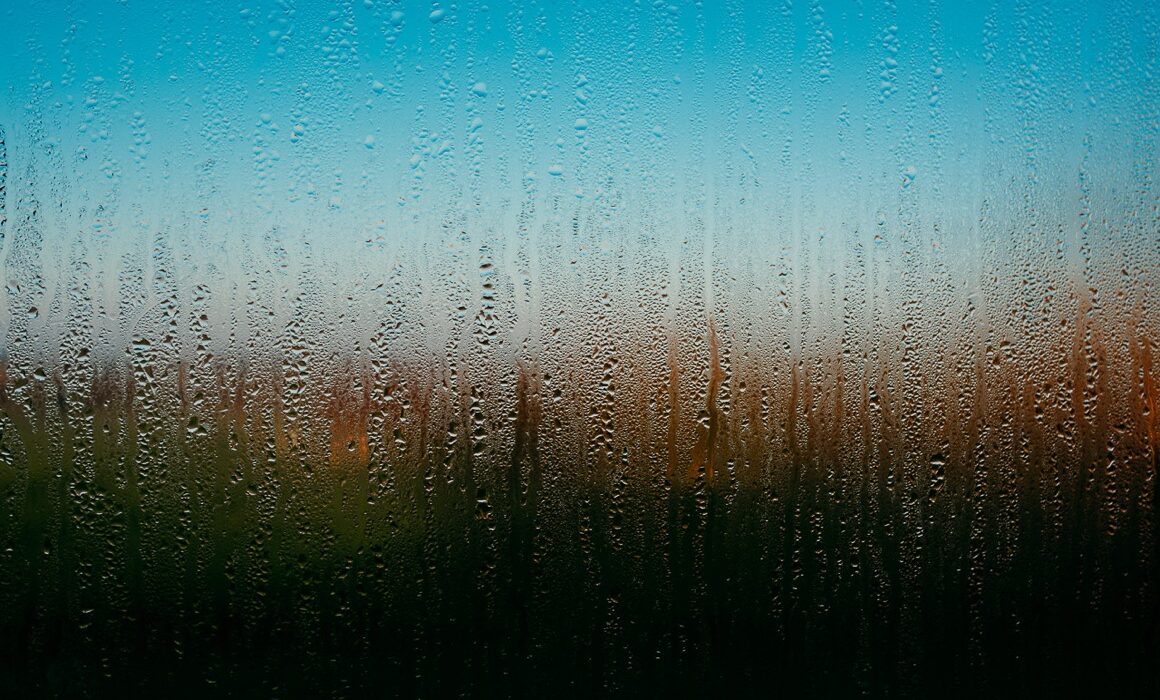On windows and mirrors: Photography – a window on the world or a reflection of the soul? | Positions & Practice
The mirror/window analogy in photography is an interesting perspective – are we documenting the world around us and providing the viewer with a window on that world, much like the popular early stereographs of geographic landmarks, depicting aspects of the world the viewer doesn’t have immediate direct access to, or providing an insight into our inner world, projecting our own subjective interpretation or attempting to reveal our inner world to an outside audience? Is our audience ‘out there’ or ourselves.
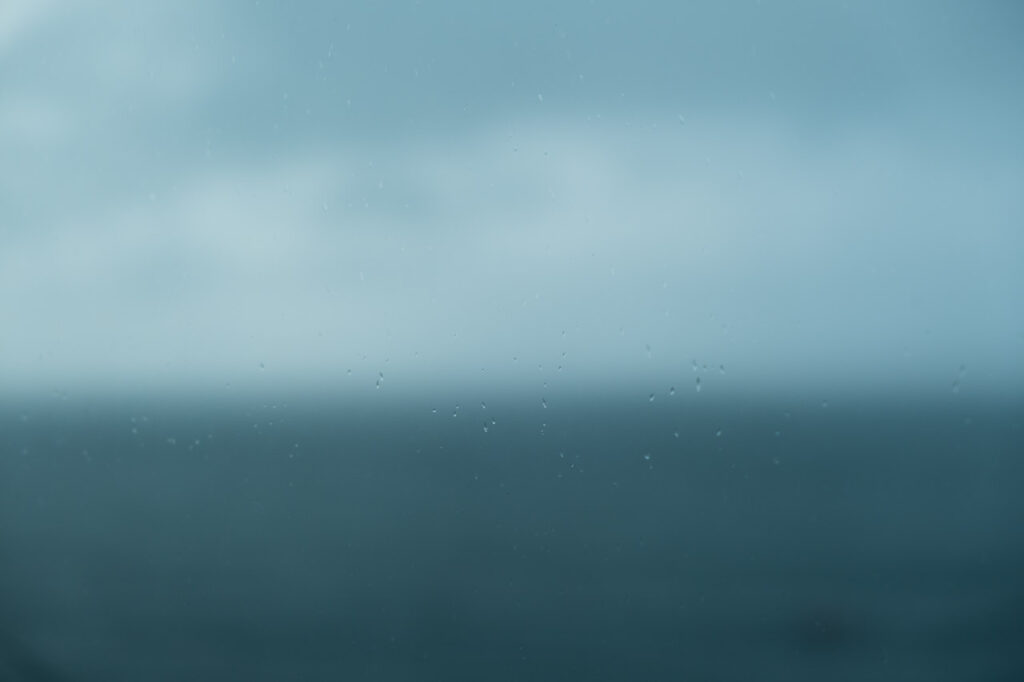
Perhaps most photography lies somewhere between the two, on a spectrum. Even in the starkest of documentary images, the photographer leaves a trace – their own decisions on composition, subject and technical execution to tell a story they themselves perceive. As John Berger in Ways of Seeing argues (Berger, J. 1972) “the way we see things is affected by what we know or what we believe.” In her Aperture article on the work of Mary Ellen Mark, Rebecca Bengal (Bengal, R. 2020) talks of Mark’s two way exchange between photographer and subject and how she even goes so far as to include some of herself photographing her hand in the frame of many of her previously unpublished works.
In my own photography I feel I oscillate between the two ends of the spectrum. My work with family clients on the surface documents their life and provides a window into their family story, but at the same time hopefully reflects back some of the aspects of their lives that they don’t usually notice but are seen by outsiders or are interpreted by me in the moment while photographing them. The choices I make highlight certain aspects while excluding others – whether positioning myself to see the beauty picked out within the clutter, or catching a momentary loving glance or expression. Similarly my business client work focuses on revealing their story, but within my interpretation and curation.
My personal work and projects are more introspective and are often concerned with questions of personal identity and individuality – whether through different perspectives on shared experiences; exploring concepts of time and place within identity; the faces we show the external world versus our inner lives; or exploring transitions and thresholds.
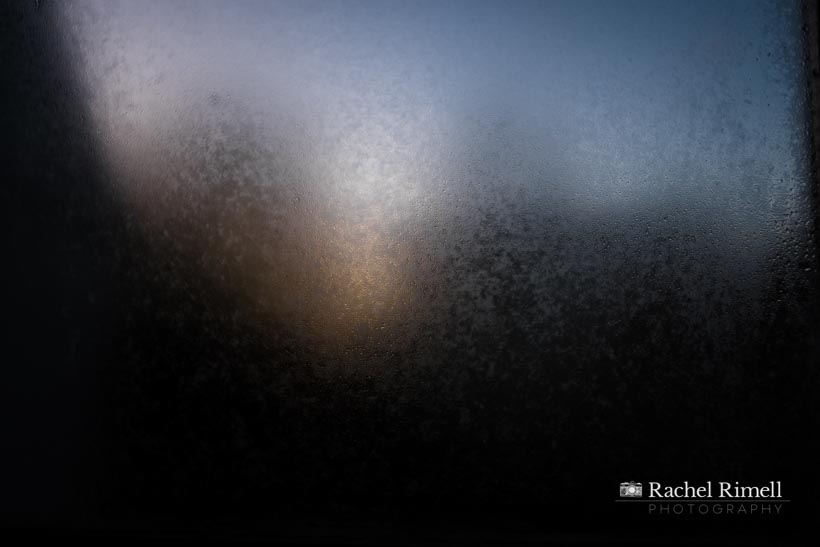
My windows project – apt for this topic – explored the theme of thresholds and transitions: from night to day, asleep to awake, inside to out. Mostly taken indoors looking out they have a closeted insular sense, looking out into a semi-abstracted world from my own personal perspective. Whereas my project on motherhood and identity bright together different women with different experiences of the same transition from an individual in society to a mother and how they perceived themselves versus the role society now placed them in. In the latter project my own experiences of the adjustment to role of mother played a role in my choice of subject and how I portrayed them, yet their stories and their responses to their experiences were their own.
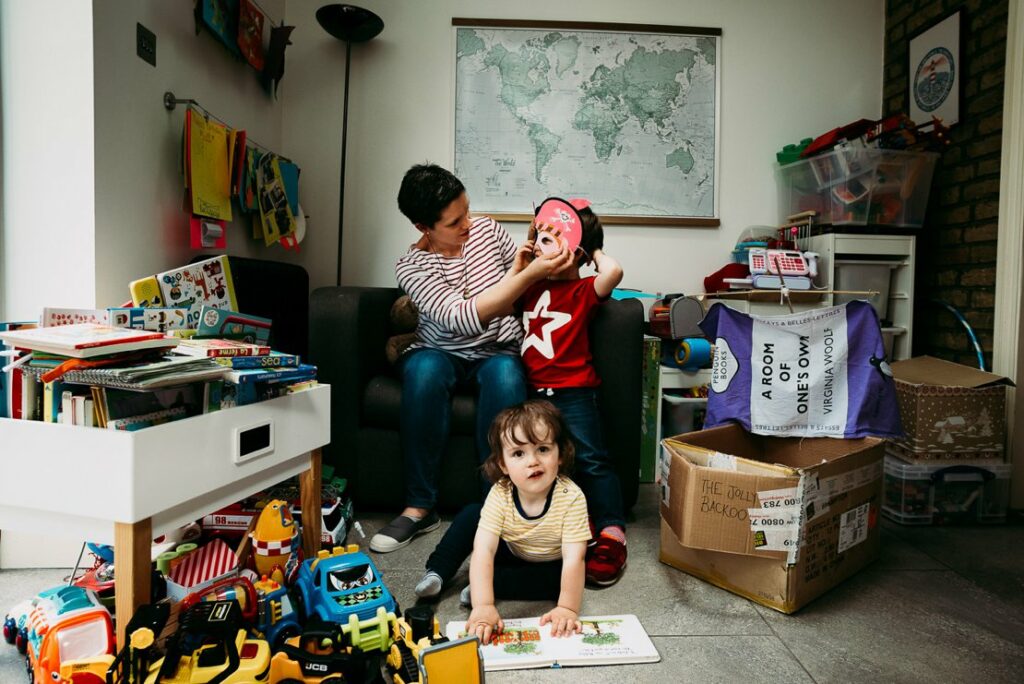
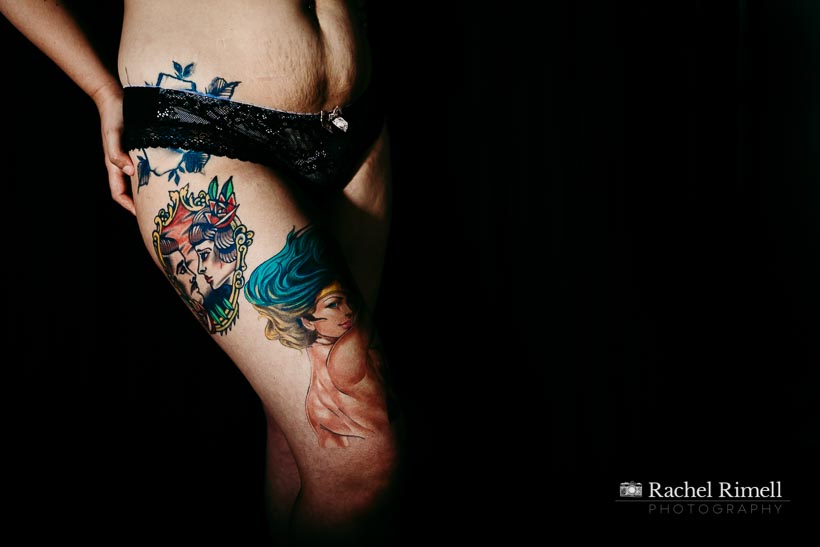
Another analogy may be the conversations we have with ourselves versus the conversations we have with others.
I’m hoping to explore more of this introspective nature and realising an internal monologue visually for an outside audience.
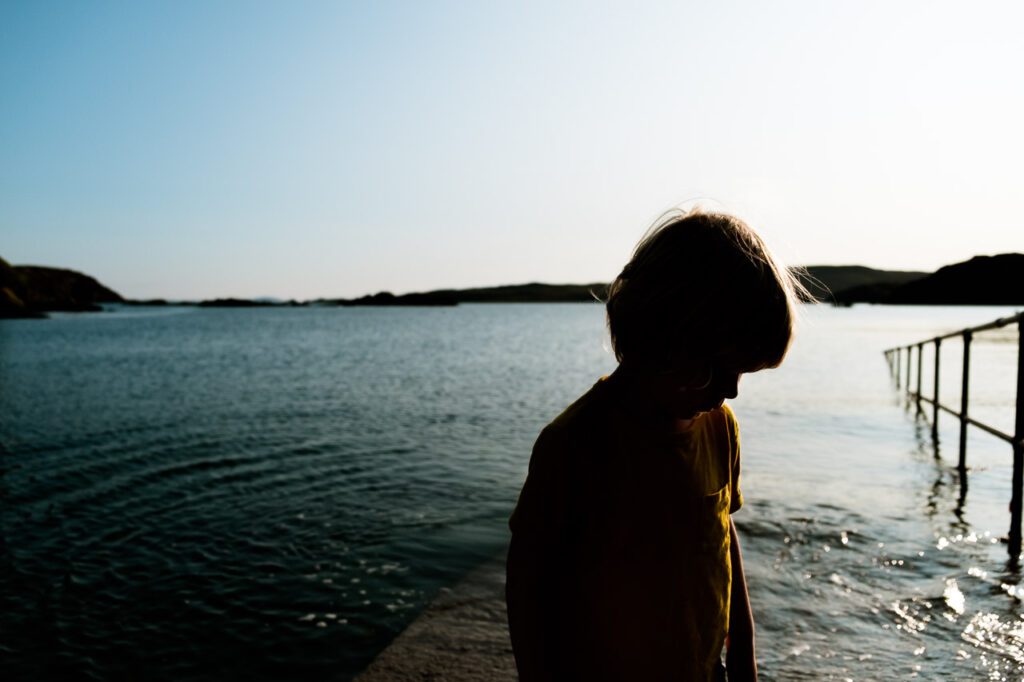
Berger, J. (1972). Ways of Seeing. London: Penguin.
Bengal, R. (2020). Aperture Winter 2020.New York. Aperture

